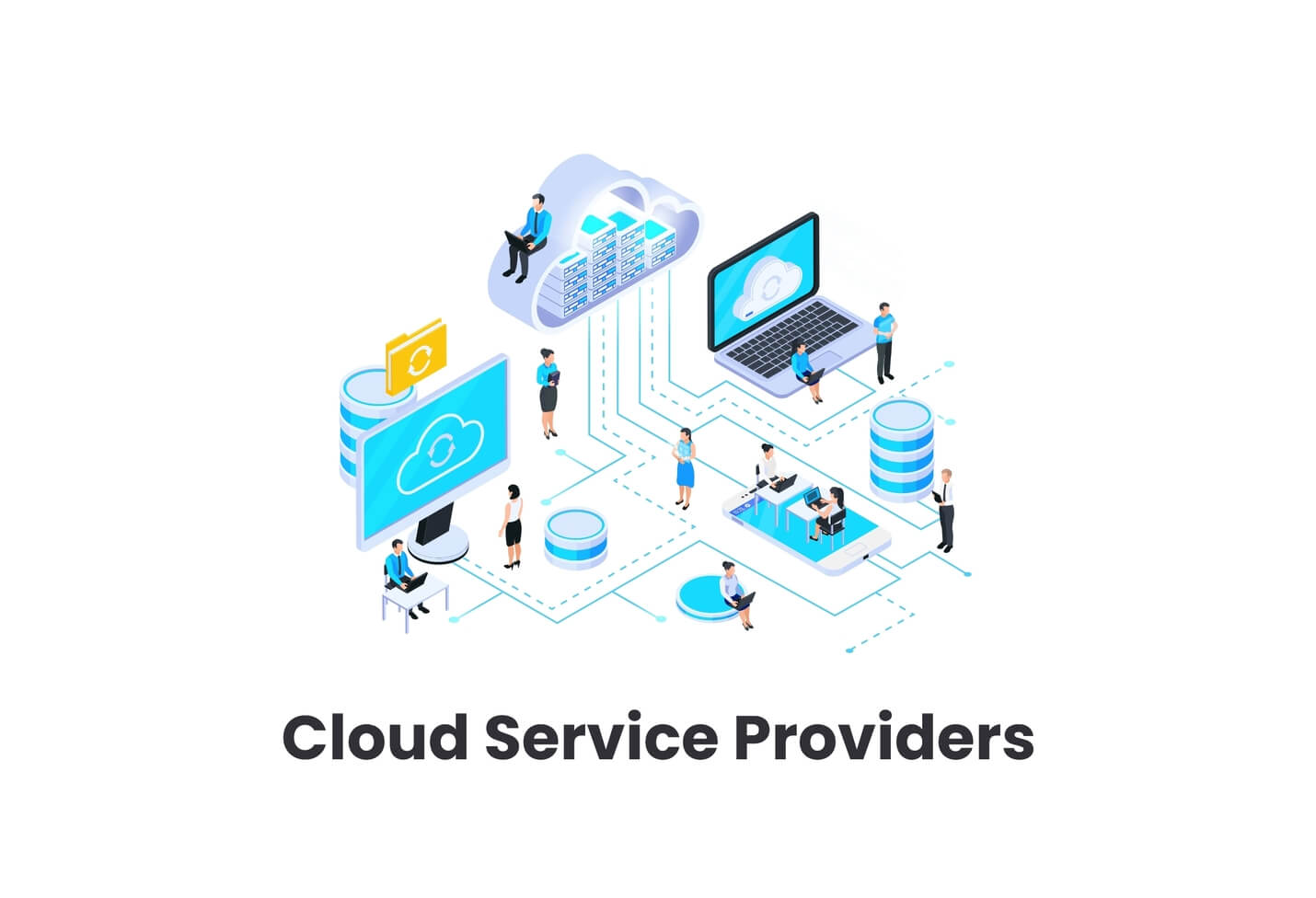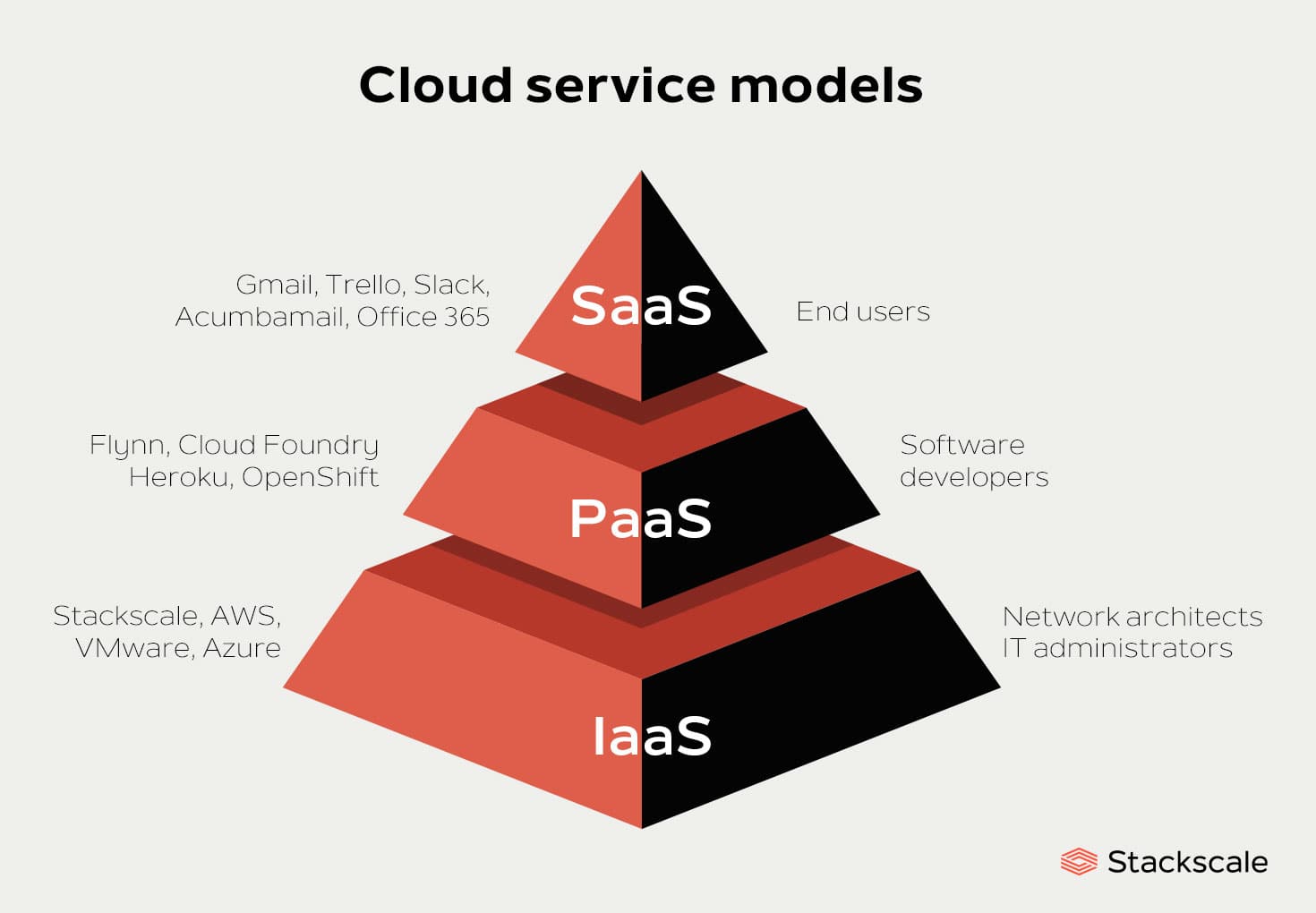Achieve Seamless Scalability With Cloud Provider
In the ever-evolving landscape of cloud solutions, attaining smooth scalability stands as a keystone for modern organizations seeking to stay versatile and competitive. The capacity to effortlessly expand or get sources in reaction to altering demands is a crucial advantage in today's hectic electronic environment. By grasping the art of scalable cloud remedies, companies can not only optimize efficiency and improve procedures yet also pave the method for future growth and innovation. The mission for seamless scalability with cloud services introduces a world of possibilities for those going to accept the transformative power of dynamic source monitoring.
Advantages of Cloud Scalability
Cloud scalability offers companies the flexibility to dynamically adjust resources based upon need, guaranteeing optimal efficiency and cost efficiency. One key benefit is the capacity to scale resources up or down swiftly in response to varying work. This dexterity allows organizations to satisfy changing client demands without over-provisioning sources, inevitably resulting in set you back savings. Scalability additionally boosts efficiency by making sure that systems can take care of boosted traffic or workload without experiencing downtime or slowdowns. By efficiently designating sources, companies can keep high degrees of performance throughout peak times without unneeded costs during quieter periods. Additionally, cloud scalability promotes development and testing by allowing organizations to quickly evaluate brand-new concepts and scale them as needed. This flexibility encourages a society of continuous enhancement and adaptation, making it possible for companies to remain affordable in a rapidly evolving market landscape. Ultimately, the advantages of cloud scalability prolong past cost savings to incorporate better performance, dexterity, and technology.
Key Features for Scaling
Effective scaling in cloud services depends on crucial features that allow organizations to readjust resources dynamically based on demand. Another vital attribute is scalability, making it possible for systems to deal with boosted workload by including sources effortlessly. On the whole, these crucial features jointly equip organizations to achieve smooth scalability in cloud services.
Applying Auto-Scaling Techniques
To successfully maximize resource allowance and adapt to differing workloads, organizations should strategically apply auto-scaling strategies in their cloud solutions infrastructure. Auto-scaling allows systems to instantly readjust the variety of calculate sources based on real-time demand. There are numerous auto-scaling methods that companies can employ, such as anticipating scaling, which utilizes historical information to anticipate future resource demands, and responsive scaling, which reacts to existing work adjustments.

Best Practices for Scalability
For companies intending to improve important site their scalability in cloud services, applying finest practices is essential for optimal performance and source management. One key ideal method is designing applications with a microservices style. This method breaks down applications into smaller, independent services that can be released, updated, and scaled individually, enabling higher versatility and scalability.
One more vital method is utilizing containerization technology, such as Docker or Kubernetes. Containers allow the product packaging of applications and their dependencies into separated devices, making it less complicated to scale elements click here now separately and deploy them consistently across different atmospheres.
In addition, implementing automated release and infrastructure as code (IaC) can streamline scalability initiatives (linkdaddy cloud services). Automation tools like Terraform or Ansible help in provisioning and managing sources efficiently, reducing hands-on errors and allowing fast scalability
Furthermore, checking efficiency metrics, establishing alerts, and carrying out routine capacity preparation are crucial methods to ensure aggressive scalability administration. By adhering to these finest methods, companies can achieve seamless scalability in their cloud solutions while enhancing performance and resource utilization.
Monitoring Efficiency Metrics
When analyzing the effectiveness of cloud solutions scalability, very closely monitoring performance metrics is important for guaranteeing optimal capability and source allotment. By constantly tracking crucial efficiency signs (KPIs) such as action times, source, latency, and throughput utilization, organizations can gain useful insights into the health and efficiency of their cloud framework. Monitoring performance metrics enables for the early detection of prospective bottlenecks or concerns that might affect scalability, allowing proactive steps to be required to resolve them before they escalate.

Conclusion
Finally, accomplishing seamless scalability with cloud solutions is vital for organizations to maximize performance, enhance advancement, and keep high performance levels during peak times. By leveraging the advantages of cloud scalability, applying auto-scaling approaches, using key attributes such as flexibility and automation, and adhering to best techniques like application layout and efficiency monitoring, organizations can effectively scale their systems while maximizing source application and efficiency.
The pursuit for smooth scalability with cloud solutions unveils a world of opportunities for those eager to accept the transformative power of vibrant resource monitoring.
Cloud scalability provides organizations the flexibility to dynamically adjust sources based on demand, making sure optimum efficiency and price effectiveness. An additional crucial function is scalability, making it possible for systems to handle raised work by including resources flawlessly.For organizations aiming to enhance their scalability in cloud services, implementing best techniques is crucial for ideal efficiency and resource administration.When analyzing the efficiency of cloud solutions scalability, closely keeping track of performance metrics is necessary for guaranteeing optimum capability and source allowance.